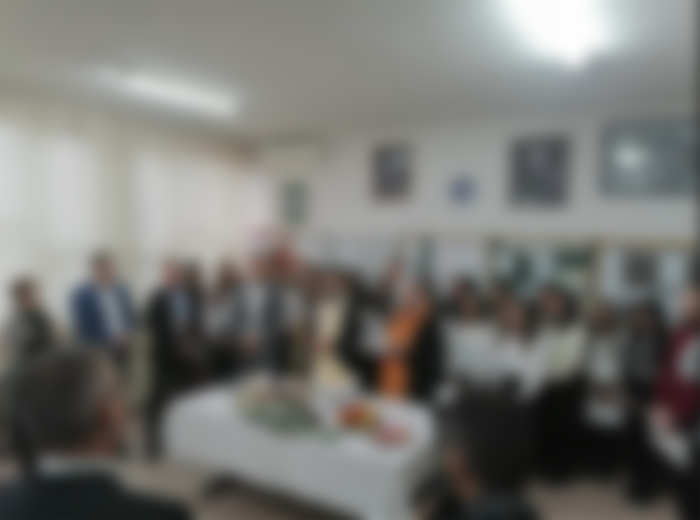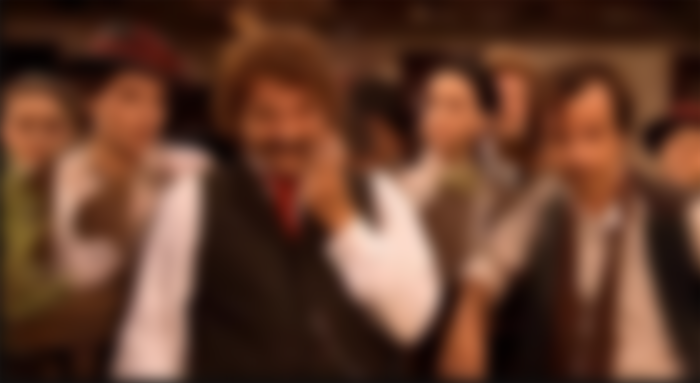
The season of slava has slowly arrived. Although we are currently in this special regime due to the pandemic, I believe that everyone will celebrate slava in some way.
Since slava is typical for Serbia, I want to introduce our other online friends to this tradition of ours.
How the Serbs began to celebrate slava

One of the main features of Serbian Orthodoxy, which the rest of the Christian world does not know about, is slava. Before accepting Christianity, Serbs were a polytheistic people. In addition to the supreme god Perun, when everyone respected him, each home had its own domestic deity. By nature sentimental and related to domestic habits and customs, in the encounter with Christianity, the Serbs had the hardest time renouncing these domestic deities. Nemanja's wise and practical son, Saint Sava, replaced the polytheistic idols with the great saints of the Church of Christ, who became protectors and helpers of Serbian homes, churches and monasteries, families and tribes, villages and towns, and entire provinces and areas. That's how slava came about,
The significance of the slava, the celebration of the slava, remained the only uninterrupted tradition in Serbia from the time of baptism to the day. Many things have changed in the people's life and customs, but slava has been preserved as the greatest shrine of our people. The Serb celebrated slava in the most glorious days of his history, but also during five centuries of slavery under the Turks. Slava was celebrated in time and storm - in war and exile, in dungeons and hospitals, in sorrow and joy, in love and affection. in wealth and abundance.
In the midst of the fiercest battles in the trench, our soldiers broke the stale soldiers' bread (tajin), sang the troparion of their slava, lit a piece of candle they brought from home, prayed to God for help and happier days. After the Second World War, at the time of unprecedented atheist and anti-religious propaganda, Serbs did not renounce their slava and, it can be freely said, slava preserved the Orthodox faith and tradition in our people.
Preparations for slava

A few days before slava, in the home where the celebration is taking place, preparations begin in order to welcome the celebration as solemnly and with dignity as possible. The house is being cleaned, tidied up and tidied up. Residents, especially children, are bought something new, from suits, to "repeat" it on the day of the celebration. There is a festive atmosphere in the house, a cheerful spiritual mood and joy in anticipation of slava.
According to the ancient and established practice of our church, in the time before the celebration, the priest consecrates the water in the homes that celebrate. To consecrate the water, the housewife prepares the following: one bowl (bowl) with water, a bouquet of basil, a small candle, an incense burner with embers or briquettes, incense and a list of housemates. All this is placed on a table in the room where the glorious icon is, which is on the east wall of the room. It is desirable that everyone in the house with the host be present at the water consecration ceremony.
In some parts of our country, guests are invited to slava in a special way. The host, or one of the younger ones, goes to the house of the one he wants to invite, or whom he invites for years, and with an appropriate conversation, invites a friend to slava. Somewhere on the eve of slava, buns or small loaves of bread are baked in the houses that are invited for slava, and in that way the guests are invited to slava. Somewhere, he says again: "it is not called for slava". Both are correct, but it is good to remind your friends and guests a few days before slava, and to invite them to slava as a sign of attention and respect. Today, this can be done by phone, although it is more appropriate and polite to do it personally and directly.
How slava is celebrated

The host welcomes guests in front of the house or on the doorstep of his home. He greeted the guests in the most solemnly dressed and festive mood with the words: Welcome! The guests congratulate slava with the words: Happy slava to the host, to you and your home and your family, many years in health and joy. The host answers: Thank you welcome and may God and… (say the name of slava) help you to come for many years, and to celebrate in health and joy. The guests enter the house, and in their old age they sit at the table where the festive lunch is performed, or in some other room where they sit until the beginning of lunch.
What should be prepared for glory? The most important thing for the celebration is to prepare the following: a celebration cake, boiled wheat, red wine and a candle.
In addition to the above that makes the celebration: the celebration cake, celebration wheat, candles and wine, according to our folk custom, the host prepares a celebration lunch that is performed on the day of the celebration. In some areas, dinner is prepared on the eve of the celebration, which guests come to, and it is called the evening of the celebrations .
What kind of food will be prepared depends on whether the celebration is during Lent or not.
During Lent, fish, beans, various salads, pies, cakes without milk and eggs are prepared. The same food is prepared when slava is on Wednesday or Friday.
When it is not Lent or Wednesday or Friday, you can find a lot of food on the table such as ham, cream, cheese, salads, sarma. various types of baking and of course cakes.
Most often slava

In Serbia, St. Nicholas, St. George and St. Arandjeo are most often celebrated as slava. Of course, other saints are also celebratedas slava.
Slava is not only celebrated in homes.
In our tradition that certain craft associations (bakers, carpenters, merchants, etc.), guilds, companies, sports and other clubs, fraternities, communities, societies of doctors and various associations can have and celebrate their glory. For their glory, for their patron and protector, they take a saint who is suitable for that activity or profession. Doctors usually take holy healers (doctors), carpenters of St. and Righteous Joseph, because he was a carpenter, etc. The celebration is celebrated, as a church or school celebration, it has its host, or everyone prepares the celebration together, so everyone is the host. The cake and the wheat are brought to the church, or the priest comes to cut the cake and consecrate the wheat. Everything else is like a domestic or church celebration.
The most famous is the school slava of Saint Sava. Above is a picture from the celebration of Saint Sava in the school where I work. Saint Sava is celebrated on January 27.
Ivko's slava

Serbian writer Stevan Sremac wrote the book "Ivko's slava". It is a humorous book which, among other things, describes how his friends who came to his slava did not want to leave for three days, and they took over his entire house.
Here in Serbia, we know how to say when someone overdoes the celebration to celebrate Ivko's slava
This is a picture from a movie made after this book.
For the end, let's remind ourselves: "Happy slava of the host"
.






Wow, that's good of you to develop this great article...... Welldone very nice article